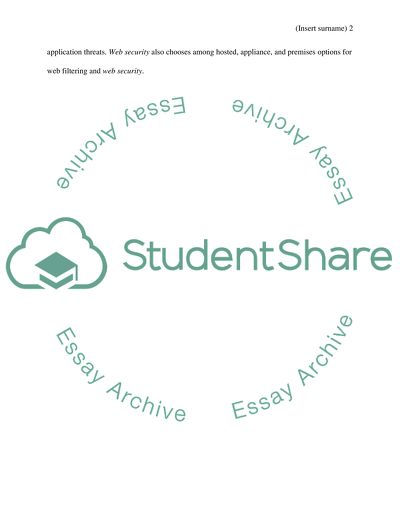Cite this document
(“Web Security Essay Example | Topics and Well Written Essays - 4000 words”, n.d.)
Retrieved from https://studentshare.org/information-technology/1481281-web-security
Retrieved from https://studentshare.org/information-technology/1481281-web-security
(Web Security Essay Example | Topics and Well Written Essays - 4000 Words)
https://studentshare.org/information-technology/1481281-web-security.
https://studentshare.org/information-technology/1481281-web-security.
“Web Security Essay Example | Topics and Well Written Essays - 4000 Words”, n.d. https://studentshare.org/information-technology/1481281-web-security.


